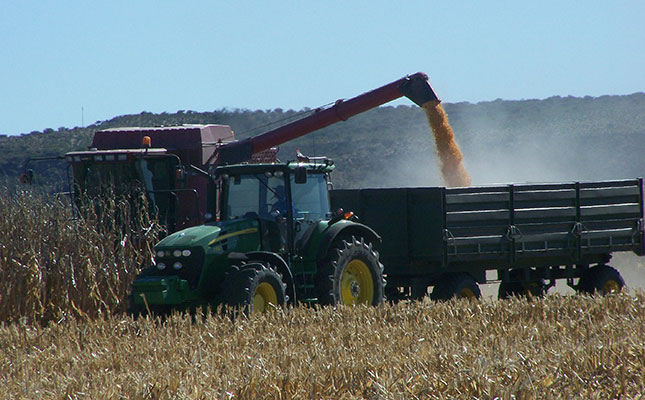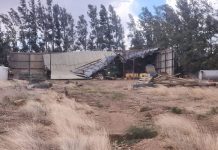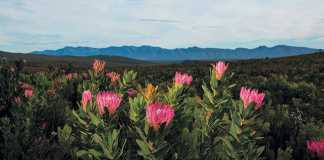
Photo: FW Archive
The World Bank has lowered its expectation of global economic growth for a third time since October, which bodes ill for South African farmers, according to Marlene Louw, senior agricultural economist at Absa AgriBusiness.
“Slower international growth will lead to a rise in interest rates, and although exporters will be able to benefit from this, local and international consumers will have less disposable income available. This will limit the volumes that can be exported,” Louw told Farmer’s Weekly.
“At Absa, we expect the rand to depreciate to R15,50/dollar in 2022 and to R16/dollar in 2023.”
In an announcement on 7 June, the World Bank forecast a slump in global growth from 5,7% in 2021 to 2,9% in 2022.
Louw said this was the third downgrade in growth expectations within a year. “In October 2021, the bank downgraded international growth expectations to 4,1% and it was lowered again to 3,6% in April. Now it stands at 2,9%.”
The World Bank said it anticipated that global growth would remain at around 2,9% during 2023/24. However, it expected growth in sub-Saharan Africa in particular to moderate to 3,7% in 2022 and rise to 3,8% in 2023.
“The war in Ukraine, lockdowns in China, supply-chain disruptions, and the risk of stagflation are hammering growth. For many countries, recession will be hard to avoid,” World Bank President David Malpass said in a statement.
“Markets look forward, so it is urgent to encourage production and avoid trade restrictions. Changes in fiscal, monetary, climate and debt policy are needed to counter capital misallocation and inequality.”
Louw said South African consumers were still reeling from energy and food price shocks resulting from the Russia-Ukraine war and China’s border closures due to its zero-tolerance policy towards the COVID-19 pandemic.
“Consumers are buying less due to high prices. In turn, this is slowing down economic growth, because people aren’t spending as much as one would hope.”
Malpass warned that the world’s current global economic conditions could be compared with the stagflation of the 1970s, especially in terms of its potential impact on emerging economies.
“The recovery from the stagflation of the 1970s required steep increases in interest rates in major advanced economies, which played a prominent role in triggering a string of financial crises in emerging markets and developing economies.”
The current juncture resembled the 1970s in three key aspects: persistent supply-side disturbances fuelling inflation, preceded by a protracted period of highly accommodative monetary policy in major advanced economies; prospects for weakening growth; and vulnerabilities that emerging markets and developing economies faced with respect to the tightening of monetary policy required to rein in inflation.










